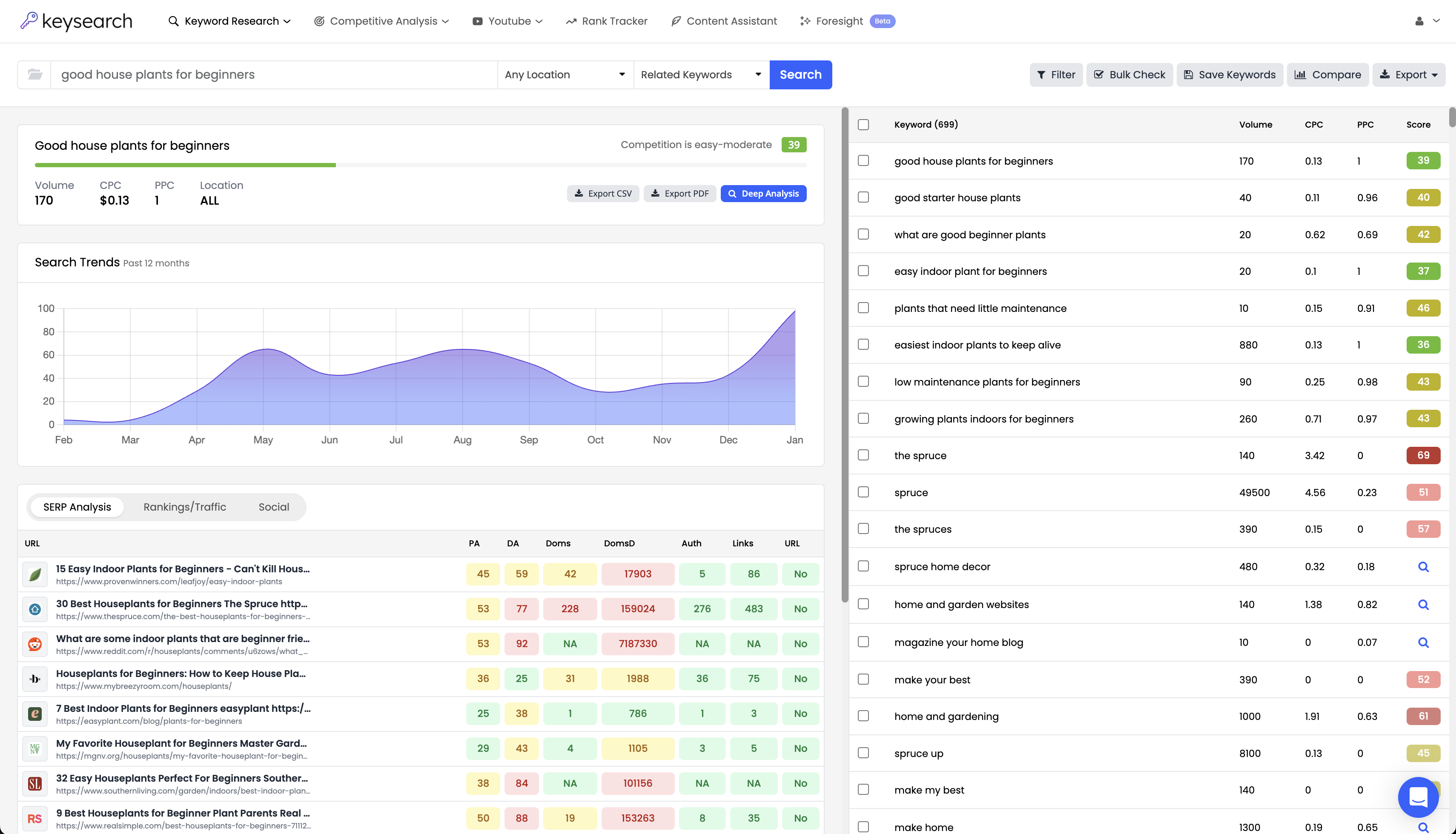In the previous tutorials, I’ve discussed just how important backlinks are. If you haven’t fully understood yet then I’ll say it one more time. Backlinks are THE most important aspect of achieving high rankings in Google. All the other aspects we’ve discussed and will discuss are important but nothing is as important as backlinks. Backlinks let Google know that your page is important and should be ranked. Now, this brings us to link building.
What is link building?
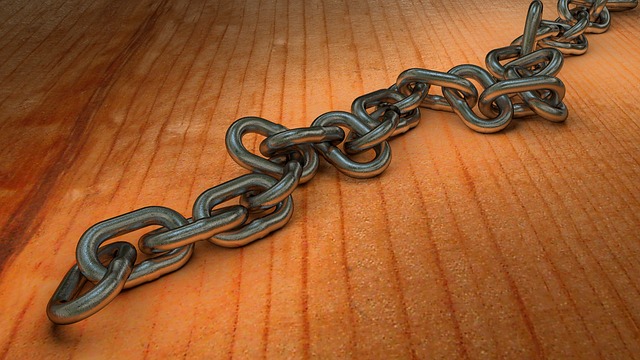
Link building is the process of actively trying to obtain backlinks from other websites and have them link to our site. By doing this we are increasing the authority of our webpage/website. Since gaining links naturally can be very difficult, especially for certain types of websites, we will usually need to actively pursue gaining these links ourselves in order to help us rank better in Google.
In the SEO world, link building is usually split into 2 types, white hat and black hat discussed in this tutorial. Sometimes you’ll hear the term grey hat, which is basically somewhere between white hat and black hat link building. These days differentiating white hat from grey hat is getting tougher, so when I discuss white hat link building in the next tutorial I will also be touching on grey hat methods as well. Blackhat, on the other hand, is usually pretty clear. It is link building specifically to game the system, without much regard for Google’s rules or guidelines.
Link Building Things to Know
Before diving into link building there are a few basics things you should know first:
Page Metrics
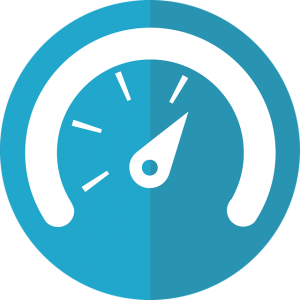
Every webpage has some sort of authority in Google’s eyes. This comes from a few different factors, but the most important one is Google’s internal Pagerank calculation. Once upon a time, Google displayed its Pagerank calculation for every URL publicly. They would update all Pagerank scores every few months which gave you an idea of the authority and power of a webpage. This is no more, unfortunately. A few years ago Google stopped showing Pagerank publicly.
Since we no longer could go to Google to find the Pagerank of a webpage or a website, third-party metrics started popping up and becoming more popular. The most common are MOZ with their PA/DA (Page Authority and Domain Authority) calculations, Ahrefs DR, and Majestic with their TF/CF (Trust Flow and Citation Flow) calculations. All of these companies use their huge link indexes to try and calculate how Google might be perceiving the power and authority of each webpage and website.
*Here at Keysearch we have our own domain ranking algorithm called DS (Domain Strength)
When link building, knowing the metrics and authority of web pages is very important. Although people can argue the validity of these 3rd party metrics, they at least give us an idea of a web page’s value when it comes to link building. This brings us to link juice.
Link Juice
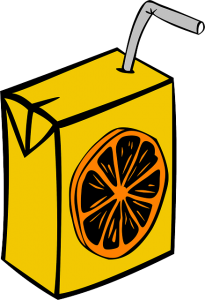
Link juice is a term used to describe the amount of linking power that flows through a backlink. To keep things simple, backlinks on pages with more authority (higher metrics) should flow more link juice to your webpage giving your page more authority. So using MOZ’s metrics, in theory getting a backlink on a webpage with a PA of 50 and a DA of 50 should pass more link juice than a page with a PA of 10 and DA of 10. This, in turn, should make your page more powerful in Google’s eyes and help boost your rankings.
Now, this is a very simplistic example. There are of course other factors such as the anchor text being used in the link as well as the relevancy of the page the backlink is on which we will discuss next. There may be hundreds of other factors as well, but all in all, links on pages with good metrics should be more powerful and helpful for your rankings than links on pages and websites with lower metrics.
Anchor Text
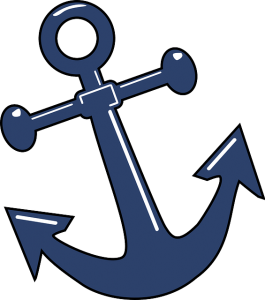
We know that backlinks are a big part of Google’s algorithm when it comes to determining which pages should rank in their results. Within every backlink is anchor text. The anchor texts that point to a webpage have been proven to be one of the biggest indicators of which pages will rank for which keyword terms.
If a website has 100 backlinks, and let’s say the majority of their backlinks have anchor texts saying “dog training classes”, then this tells Google that the webpage is most likely about dog training classes. Makes sense right? So not only are backlinks passing link juice, but they are also passing information about what the web page might be about and which keyword terms it should possibly rank for.
In the early days of link building, you could game Google’s algorithm by building loads of backlinks just with the exact anchor text you wanted to rank for and this would work. Now of course as I’ve said many times, “Google is much smarter these days.” Anchor text still holds a lot of value but your backlink profile must look natural.
If you have 100 backlinks pointing to your page, it would be natural that some links would have your page title as the anchor text, some would just be your URL, and some would say things like “click here” or “read more”. I think you get the idea. When building backlinks make sure your anchor text looks natural. Don’t over-optimize for certain keywords, but with that said, make sure you aren’t disregarding how helpful descriptive and keyword-driven anchor texts can be. Everything within moderation though. Don’t overdo it!
Page Relevancy

Another factor that is important to know when it comes to backlink building is the relevancy of the page that contains the link. If you are in the dog training niche, having backlinks from other pages pertaining to dog training makes sense and may hold more value. This isn’t to say that irrelevant pages don’t count. The bigger issue arises when the majority of your links come from irrelevant sites. This could be a sign to Google that you are trying to game their system through link building and may lead to links getting devalued or even worse a penalty.
Dofollow & Nofollow

There are 2 types of links. Dofollow and nofollow. Dofollow links pass Pagerank (aka link juice) from the original page to the page being linked to. Nofollow links do not pass Pagerank. All links are dofollow unless they contain the rel=”nofollow” tag.
Now it would seem that we would only want dofollow links right? Well, these days it’s best to have a good mix of dofollow and nofollow links since having only dofollow links wouldn’t look natural in google’s eyes and could lead to penalties. I only bring this up since I’ve seen too many marketers try and only build dofollow links. This is not a good strategy. I recommend just building quality links and not worrying too much about whether they are dofollow or nofollow.
Also just because nofollow links don’t pass link juice doesn’t mean they don’t count for anything in Google’s algorithm. For example, we know that Google factors in the title of a webpage within its algorithm. The page title doesn’t pass Pagerank but is still part of the algorithm. Think of nofollow links similarly. They may not pass link juice but they probably do count in the algorithm in some ways.
Knowing Your Goals & Strategies
Link building is the best way to help increase your rankings, but before you start you should really know what your end goals and overall strategy are. Is your website something that you want to grow over time and be a long-term asset? Then you should really focus on high-quality, white hat link building.
Conversely, is your website something that you don’t expect to last long-term, maybe it’s a churn and burn style website? Well, then the slow and steady growth that comes with white hat link building may not be worth it. This is where black hat link building may be the preferred choice. Either way, just make sure you know what the overall vision of your site is before starting your link-building campaign because the wrong strategy can end up causing long-term ranking effects.
What We Learned
In part 6 of our tutorial, you should now know the basics of link building and have a good grasp of the main components that make up backlinks and passing link juice.
- Backlinks are the most important factor when it comes to ranking your website
- Link building is the process of actively trying to obtain backlinks from other websites and have them link to our site
- 2 Types of link building, white hat link building, and black hat link building
- Page and domain metrics are important for knowing how much link juice a backlink would pass
- Pages with higher metrics usually will pass more link juice than pages with lower metrics
- Anchor text helps Google determine what keywords and terms pages should rank for
- Backlink page relevancy may be an important factor in Google’s algorithm so keep this in mind when link building
- Dofollow links pass link juice, nofollow links do not
- Make sure your link-building strategy matches the long-term goal of your website.
Continue on to Part 7 of our course White Hat Link Building.
- How to Do Keyword Research for Free: Best Free Keyword Research Tools in 2024 - December 13, 2024
- Benefits of Keyword Clustering: Why is it Important to Group Relevant Keywords Together? - December 13, 2024
- What is Keyword Density in SEO and Its Importance - December 13, 2024









